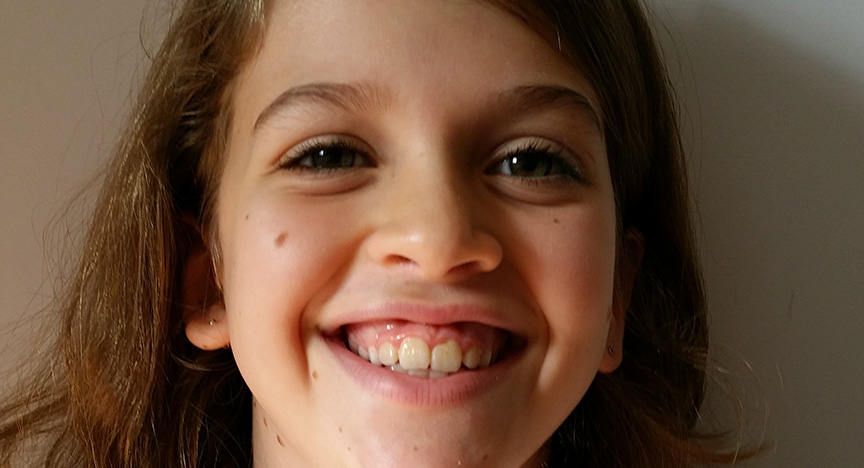
Arwen’s parents thought their active nine-year-old girl had just picked up a stomach bug from a friend and was a little exhausted after a busy school term. However, the illness meant they missed the tell tale signs of Type 1 Diabetes – tiredness, increased thirst and urination.
24 hours later her condition deteriorated (shallow, rapid breathing and extremely lethargic) and she was rushed to hospital, where she was diagnosed with acute diabetic ketoacidosis – a life-threatening condition that occurs when someone has high blood sugars for a prolonged period. It most commonly occurs when a diagnosis of type 1 diabetes is first made.
“We ended up in the emergency room, and Arwen had a drip in each arm and a naso-gastric tube. I now understand all the diabetes warning signs were there, but at the time I had attributed them to other normal occurrences, such as additional thirst due to hot weather, more toileting at night due to increased fluids, and her tiredness and irritability was due to the end of the school year,” her mum Naomi said.
“When we were then told she had type 1 diabetes, I couldn’t believe our fit and healthy little girl could suddenly have a chronic condition. I felt that I must have done something wrong.”
After her diagnosis in December 2017, Arwen and her family remained in hospital for a week, working closely with the endocrinology team, learning how to manage blood sugar levels using insulin injections.
Three months after her diagnosis, Arwen became depressed and frustrated about living with her condition, but she has overcome these challenges and has returned to the curious, confident and brave young girl her family always knew.
“She managed finger prick testing on her own quite easily, but her first major challenge was learning to inject herself with insulin, which she has to do a minimum of five times a day. It was a real psychological barrier for her to overcome on her own. It was the one thing she wouldn’t let us do for her. She was determined, and after much discussion, understanding, and a few tears, she broke down that barrier and now happily self-injects every single day.”
“Through trial and error, and some open conversations about her condition and the extra support it requires, we’ve made a few adjustments in other areas of life – sport, after school activities, slumber parties, birthdays and celebrations, and holidays – and it’s all working out fine.”
Seven months since her diagnosis, Arwen is back doing the things that make her happiest – cycling, gymnastics, playing with friends, and enjoying travel and snowboarding.
“Being diagnosed with Type 1 Diabetes does not have to change the way you experience life,” Naomi said. “With a little planning and preparation, you can do most anything you did previously.”